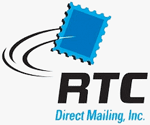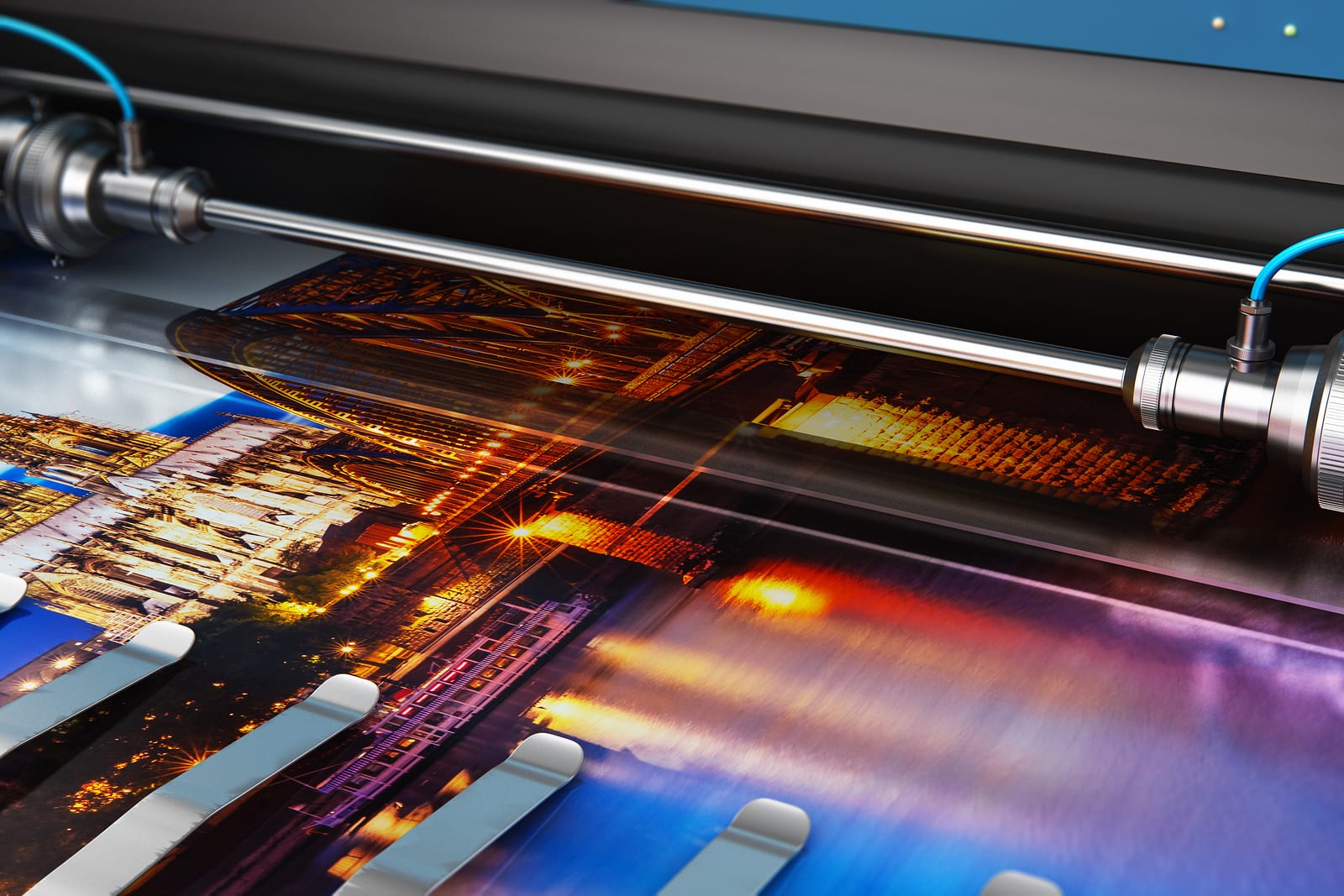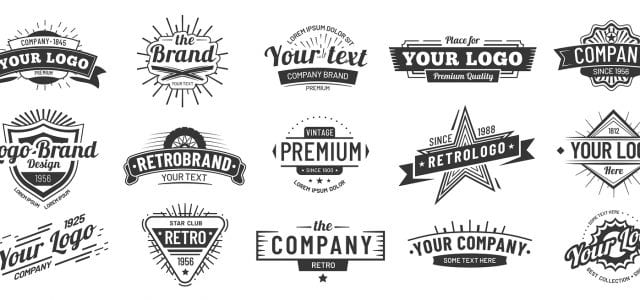When designing for projects, the final medium of the design is vital for consideration. Websites and mailers are obviously different from each other is a wide variety of ways. From colors, layout, and even how you break up text, nearly every part of design changes when you change from digital to print design. Here are some of the major differences between the mediums.
What Exactly Do We Mean?
In this day and age, nearly every design and project is put together in a digital program. However, when we talk about digital design, what we’re referring to are images and designs that are meant to be viewed on phones, computer screens, or any other digital display.
How Are Colors Different?
We’ve gone over the difference between different kinds of color, but as a quick recap, CMYK is used for print and RGB is used for digital display. This is primarily because RGB is an additive coloring process. This works for digital displays because they are backlit, preventing the colors from running together and creating a muddy mix of dark colors.
CMYK is subtractive, meaning that less color is used to display a range of shades. The reason this coloring method is used for print is because it uses less ink. More ink means higher costs and potentially damaging the paper. This is just the first consideration when working with digital and print designs.
Layout Considerations?
An obvious difference is the size constraints between digital and print. On a digital display like a website or email, you can truly expand your design infinitely. Because of the nature of digital design, you can keep adding to the image or page, and never run out of space. You can also provide all of the information in just one link, versus print where there is always a limit.
You can only send out a mailer that is so large. You also have to pay for the material and you need to think about the number of mailers you’re sending. When looking at sizes, you also have to think about the scalability of your campaign. Websites and digital displays are fairly cheap to distribute regardless of size, but you also have to think about how easy it is for your audience to take in your design.
How To Write For Print And Digital Design
We’ve talked in previous blogs about how digital displays are harder on the eyes and less appealing to an audience. Part of this is the nature of having light projected into the eye from the screen. Another is how closely readers need to look at the font to understand what the text says. For this reason, some fonts are better for digital design while others are better suited for print.
Clean ends without extra flourishes are ideal for digital displays. These kinds of fonts are referred to as sans-serif. This ensures that no matter what kind of display is used, the font is readable and clear.
As for print design, because it is easier on the eyes and will never change once printed on the mailer, a wide range of fonts can be used without worry about how the display will change. This is great for postcards or mailed fliers that need some extra flash to attract some additional information.
When it comes to the amount you’re writing, you can refer back to the points about layout. Digitally, you can write as much as you want, but you have to remember that you don’t want to take up too much of your reader’s time. For print mailers, shorter concise sentences usually fit better than long-winded explanations. This is largely because of the tighter constraints on size for mailed advertisements.
Trained Experts
These are only a few of the differences between print and digital advertisements and design. Understanding the whole scope of different design practices can take years of testing methods and learning from experience. Usually the best way to get that experience applied to your mailers is to go with an agency that has been in the business for decades, like RTC! The next time you’re looking to make your mailing campaigns really stand out with tried and true design expertise, give us a call!






helpful Information thank you so much for this knowledge…visit website for latest Label printing service and business cards service……